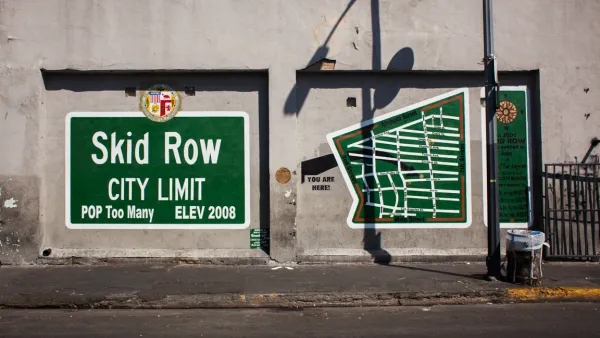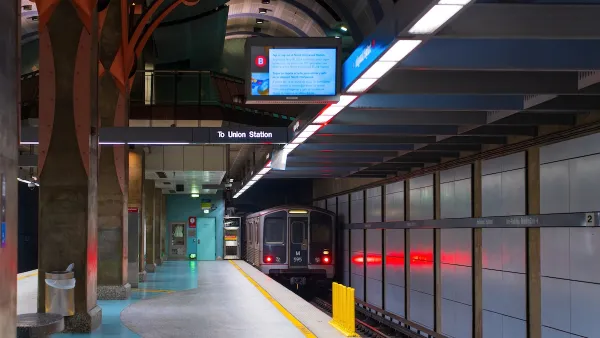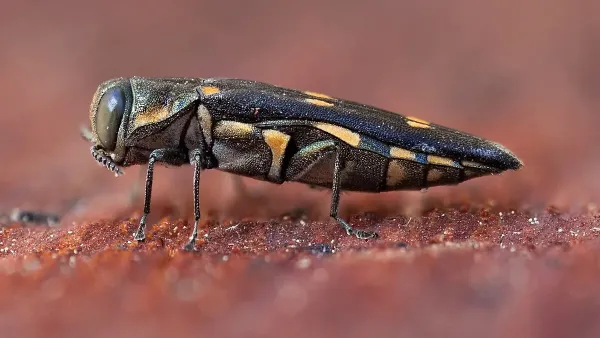Park La Brea, the nation's largest housing complex west of the Mississippi, like much of Los Angeles, has changed dramatically over the decades. Yet, an overwhelming sense of community and identity has endured.
Once nick-named "Menopause Manor," owing to a choice demographic that once dominated the complex, Park La Brea has reinvented itself anew. Today, the complex is decidedly more diverse, like much of the surrounding city. Families, 20-somethings, and immigrants have found a home, and a strong sense of community identity, in Park La Brea.
"Many Angelenos will tell you - with a sense of pride - they once rented here," reports The Los Angeles Times' Matt Stevens. "Yet, although the architectural layout remains as intricate as ever across 160 acres, census data spanning four decades leave no doubt about the change. In 1970, whites made up about 95% of the nearly 7,000 residents, more than half of them over age 65. By 2010, with nearly 12,000 residents, only 44% were white and only 8% overall were over 65. Asians now make up the second-largest ethnic group, at 41%."
Still, a strong sense of a Park La Brea identity remains in the minds of many, from newly-arrived college students, to those who have been there for decades. "These days, the complex is a tapestry of skateboards and scooters, of tai chi and Jacuzzis," writes Stevens. "Sleek 15-foot-high light boxes mark one edge of the property on 6th Street; and inside, the grays, creams and golds of the taller buildings play off the Southern California sky."
FULL STORY: Park La Brea apartments' complex identity

Planetizen Federal Action Tracker
A weekly monitor of how Trump’s orders and actions are impacting planners and planning in America.

Chicago’s Ghost Rails
Just beneath the surface of the modern city lie the remnants of its expansive early 20th-century streetcar system.

San Antonio and Austin are Fusing Into one Massive Megaregion
The region spanning the two central Texas cities is growing fast, posing challenges for local infrastructure and water supplies.

Since Zion's Shuttles Went Electric “The Smog is Gone”
Visitors to Zion National Park can enjoy the canyon via the nation’s first fully electric park shuttle system.

Trump Distributing DOT Safety Funds at 1/10 Rate of Biden
Funds for Safe Streets and other transportation safety and equity programs are being held up by administrative reviews and conflicts with the Trump administration’s priorities.

German Cities Subsidize Taxis for Women Amid Wave of Violence
Free or low-cost taxi rides can help women navigate cities more safely, but critics say the programs don't address the root causes of violence against women.
Urban Design for Planners 1: Software Tools
This six-course series explores essential urban design concepts using open source software and equips planners with the tools they need to participate fully in the urban design process.
Planning for Universal Design
Learn the tools for implementing Universal Design in planning regulations.
planning NEXT
Appalachian Highlands Housing Partners
Mpact (founded as Rail~Volution)
City of Camden Redevelopment Agency
City of Astoria
City of Portland
City of Laramie





























